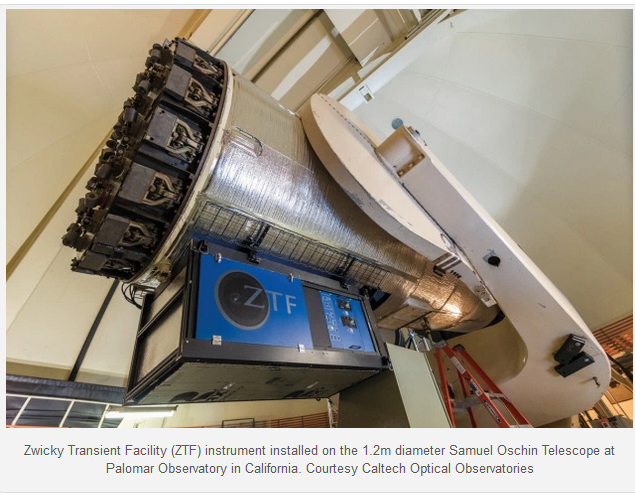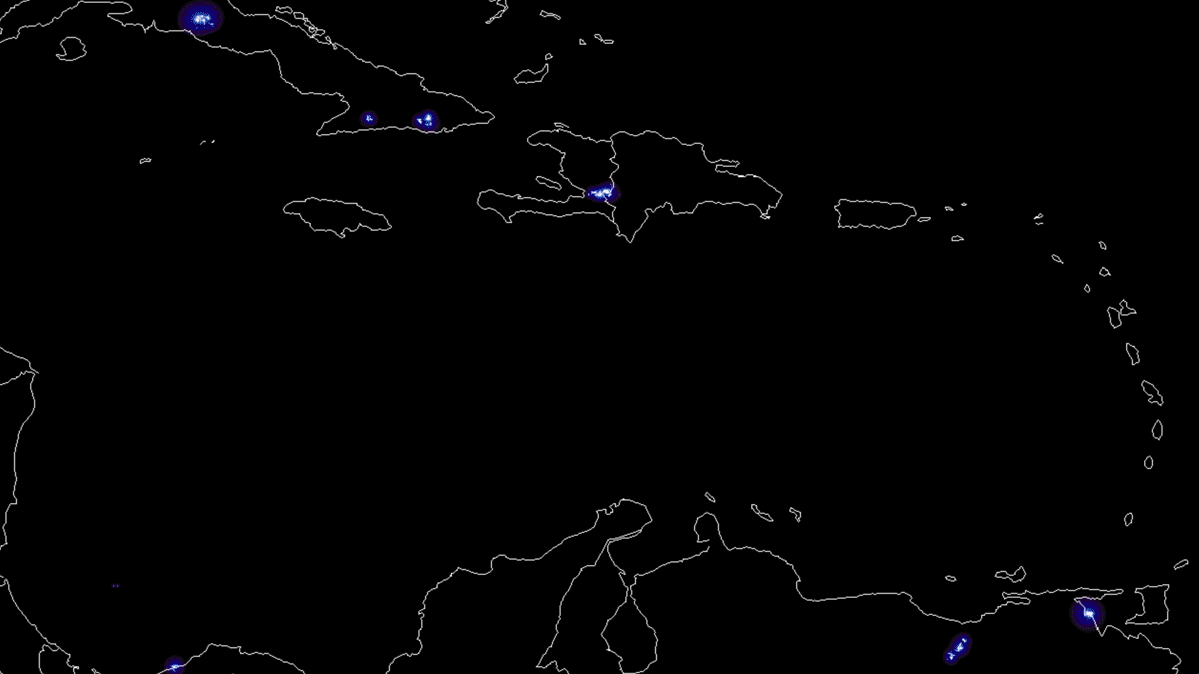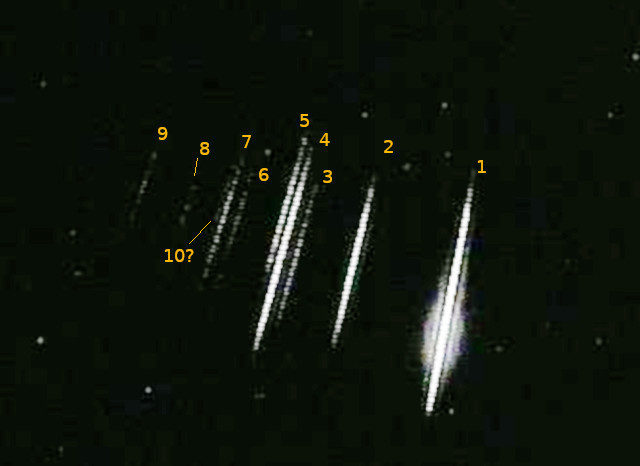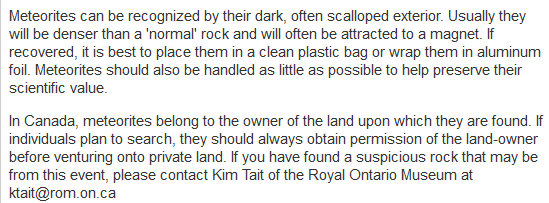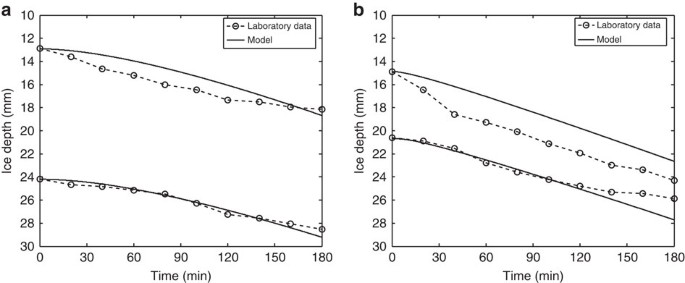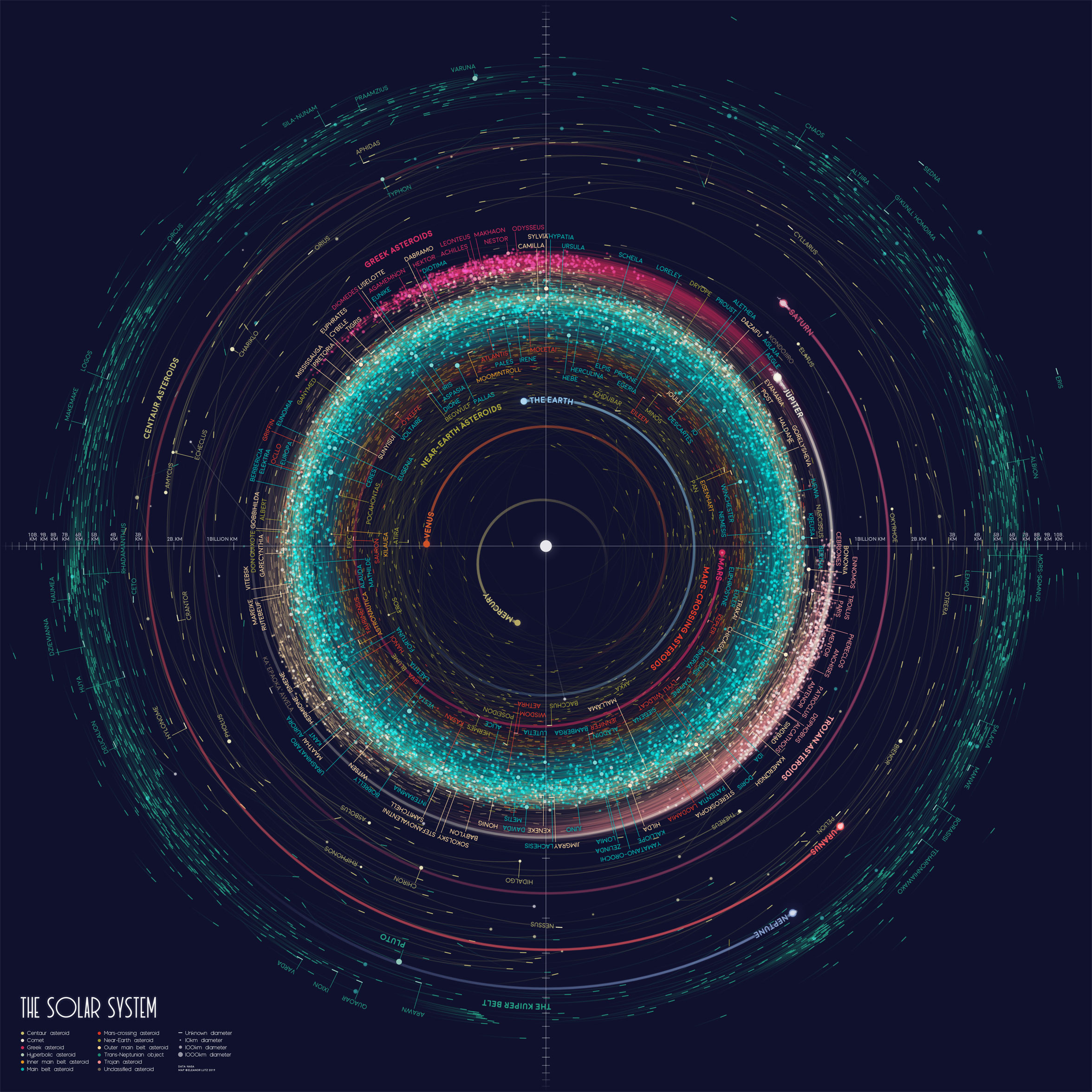richardmitnick 8:53 pm
on July 8, 2019

Astronomers have spotted an unusual asteroid with the shortest “year” known for any asteroid. The rocky body, dubbed
2019 LF6, is about a
kilometer in size and circles the sun roughly every 151 days. In its orbit, the asteroid swings out beyond Venus and, at times, comes closer in than Mercury, which circles the sun every 88 days. 2019 LF6 is one of only 20 known
“Atira” asteroids, whose orbits fall entirely within Earth’s.
“You don’t find kilometer-size asteroids very often these days,” says
Quanzhi Ye, a postdoctoral scholar at Caltech who discovered 2019 LF6 and works with
Tom Prince, the Ira S. Bowen Professor of Physics at Caltech and a senior research scientist at JPL, and
George Helou, the executive director of IPAC, an astronomy center at Caltech.
“Thirty years ago, people started organizing methodical asteroid searches, finding larger objects first, but now that most of them have been found, the bigger ones are rare birds,” he says. “LF6 is very unusual both in orbit and in size—its unique orbit explains why such a large asteroid eluded several decades of careful searches.”
2019 LF6 was discovered via the Zwicky Transient Facility, or ZTF, a state-of-the-art camera at the Palomar Observatory that scans the skies every night for transient objects, such as exploding and flashing stars and moving asteroids. Because ZTF scans the sky so rapidly, it is well-suited for finding Atira asteroids, which have short observing windows.
“We only have about 20 to 30 minutes before sunrise or after sunset to find these asteroids,” says Ye.
To find the Atira asteroids, the ZTF team has been carrying out a dedicated observing campaign, named
Twilight after the time of day best suited for discovering the objects. Twilight was developed by Ye and Wing-Huen Ip of the National Central University in Taiwan. So far, the program has discovered one other Atira asteroid, named
2019 AQ3. Before 2019 LF6 came along, 2019 AQ3 had the shortest known year of any asteroid, orbiting the sun roughly every 165 days.
“Both of the large Atira asteroids that were found by ZTF orbit well outside the plane of the solar system,” says Prince. “This suggests that sometime in the past they were flung out of the plane of the solar system because they came too close to Venus or Mercury,” says Prince.
In addition to the two Atira objects, ZTF has so far found around 100 near-Earth asteroids and about 2,000 asteroids orbiting in the Main Belt between Mars and Jupiter.
Ye says he hopes the Twilight program will lead to more Atira discoveries, and he looks forward to the possible selection by NASA of the Near-Earth Object Camera (NEOCam) mission, a proposed spacecraft designed to look for asteroids closer to the sun than previous surveys. NEOCam would pick up the infrared, or heat, signatures of asteroids. (Ye works at IPAC, which would process and archive data for the NEOCam mission, but is not part of that team.)
“Because Atira asteroids are closer to the sun and warmer than other asteroids, they are brighter in the infrared,” says Helou.”NEOCam has the double advantage of its location in space and its infrared capability to find these asteroids more easily than telescopes working at visible wavelengths from the ground.”
The International Astronomical Union Minor Planet Center listing for 2019 LF6 is at
MPEC 2019-M45 : 2019 LF6.
ZTF is funded by th
e National Science Foundation and an international collaboration of partners. Additional support comes from the
Heising-Simons Foundation, and Caltech itself. ZTF data are processed and archived by IPAC. NASA supports ZTF’s search for near-Earth objects through the
Near-Earth Object Observations program.
See the full article
here
The object never posed any harm but was an ideal test case for NASA planetary defense teams to test their alert system.

www.jpl.nasa.gov
Meanwhile:
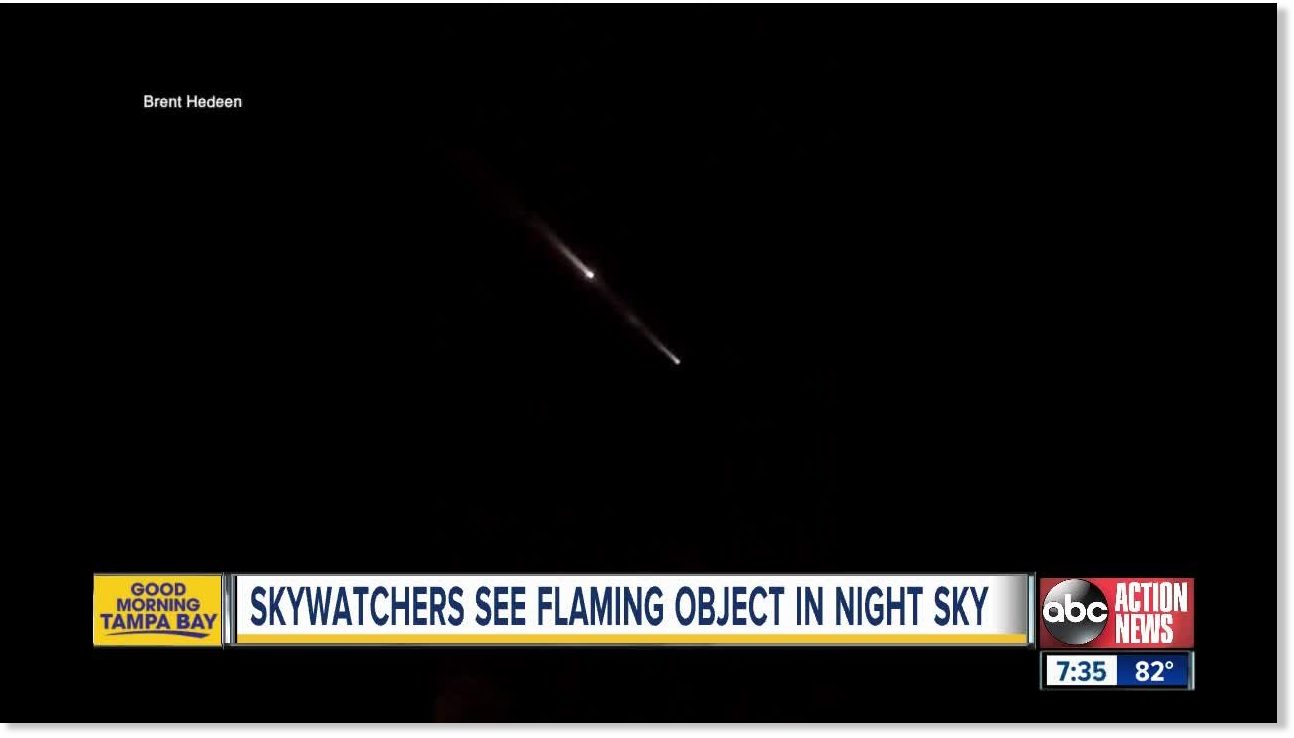
 www.sott.net
www.sott.net



